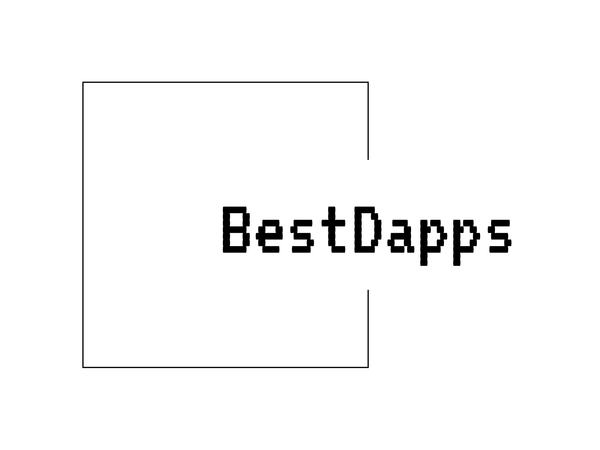
Unlocking INJ: The Power of Injective Protocol
Share
How INJ Works: Understanding the Injective Protocol
INJ, the native token of the Injective Protocol, plays a crucial role within this decentralized layer-one blockchain aimed at enabling seamless cross-chain trading, derivatives, and decentralized finance (DeFi) apps. By offering a decentralized exchange (DEX) focused infrastructure, Injective removes intermediaries, enabling users to trade across multiple blockchain ecosystems such as Ethereum, Binance Smart Chain, and more.
Main Components of the Injective Protocol
Injective Protocol combines various components that contribute to its functionality:
- Injective Chain: As a layer-one blockchain, the Injective Chain is responsible for providing the core environment where trading, dApps, and smart contracts can take place. This blockchain leverages Tendermint-based Proof-of-Stake (PoS) consensus to ensure scalability and security.
- Injective Order Book: Injective Protocol utilizes a decentralized order book that exists off-chain but remains verifiable via the Injective Chain. This helps in reducing transaction costs associated with on-chain order books, and improves liquidity.
- DeFi and Cross-Chain Features: A key feature of the protocol is its cross-chain capabilities. Injective supports compatibility with multiple blockchain networks, enabling users to interact, transfer, and trade assets across platforms. This feature relies on relayer networks that facilitate bi-directional token transfers between the Injective blockchain and other chains like Ethereum.
- Injective Futures Protocol: This allows decentralized futures markets to operate without a centralized point of control. Based on the COSMOS SDK and using smart contracts, users can create and trade derivatives, such as perpetual contracts and futures, in a trustless environment.
The Role of INJ Token
The INJ token is used in several critical areas of the Injective ecosystem:
- Governance: Holders of INJ can exercise governance rights by voting on changes to protocol parameters. This allows users to influence the evolution and functioning of the Injective protocol.
- Transaction Fees: Whenever transactions are made on the Injective network, INJ is used to pay fees, such as taker and maker fees for trading on the decentralized exchange.
- Staking: INJ holders can stake their tokens to provide security for the network, earning rewards in return for helping secure the Proof-of-Stake blockchain.
- Burn Mechanism: A portion of fees paid in INJ is burned (permanently removed from circulation), which slowly reduces the supply of INJ over time.
The combination of decentralized infrastructure, cross-chain compatibility, and layer-one blockchain functionality anchored by the INJ token is what enables the Injective Protocol to offer its suite of powerful trading and DeFi features.
